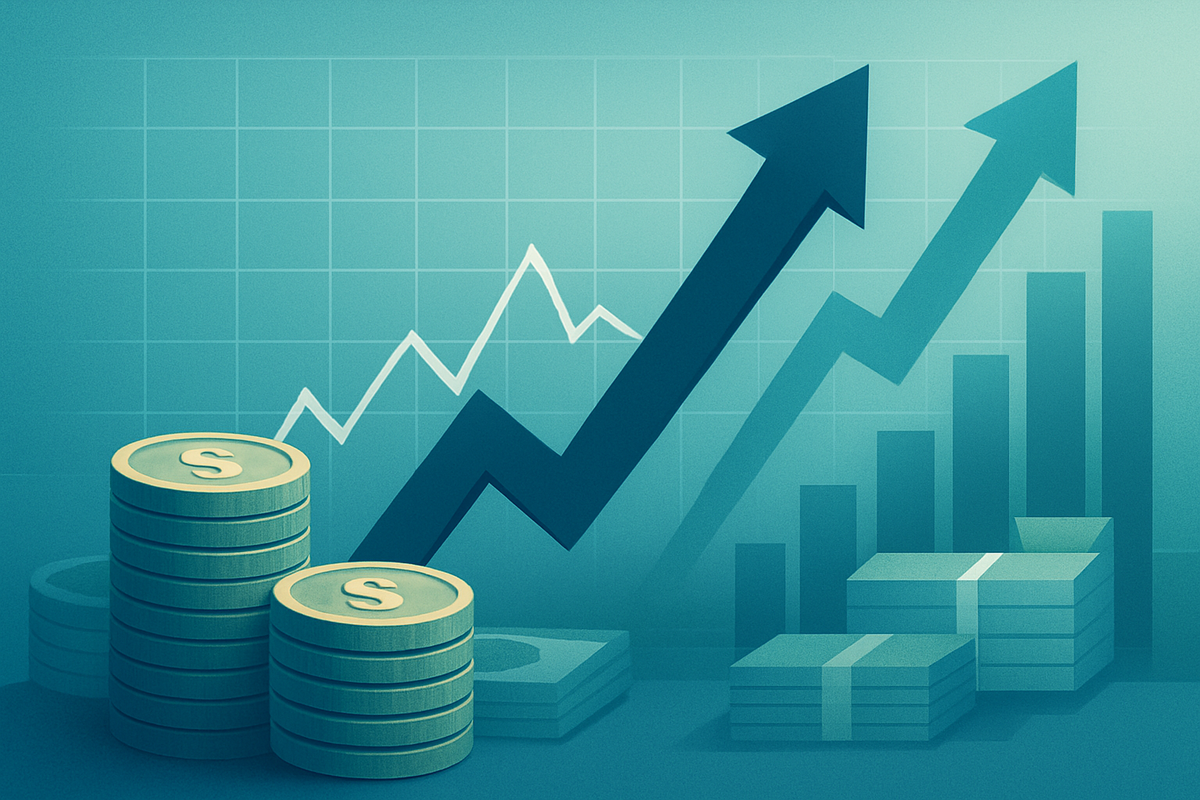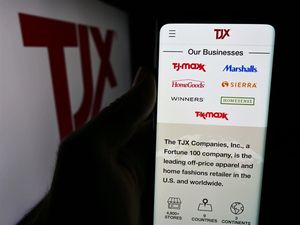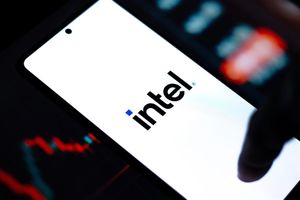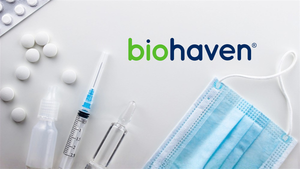
New York, NY – November 20, 2025 – Corporate America is in the midst of an unprecedented wave of share buyback programs, with U.S. corporate repurchases projected to hit a staggering $1 trillion to $1.1 trillion by the close of 2025. This surge, fueled by robust corporate cash flows and a strategic pivot from capital expenditures, is sending ripples across financial markets, signaling a strong corporate focus on enhancing shareholder value and boosting earnings per share. The immediate implication for investors is a potential uplift in stock valuations for companies actively engaging in these programs, though the long-term effects and broader economic impact remain subjects of intense scrutiny.
The first three quarters of 2025 have already witnessed authorized buybacks exceeding $1.2 trillion, a 15% increase over the previous year. This robust activity follows a notable resurgence in late 2024 and early 2025, reversing a trend from 2023 when companies prioritized capital spending, particularly in the burgeoning Artificial Intelligence sector. The first quarter of 2025 alone set a new quarterly record with $293.5 billion in repurchases, marking a 20.6% increase from the fourth quarter of 2024. This trend has been particularly pronounced in the communication services, information technology, and financial sectors, which saw significant quarter-over-quarter increases in buyback activity.
The Buyback Bonanza: Specifics and Market Reactions
Several industry titans have announced colossal buyback programs, underscoring the scale of this corporate strategy. Technology giants like Apple (NASDAQ: AAPL) authorized a colossal $100 billion buyback, building on its record $110 billion in repurchases from the preceding year. Alphabet (NASDAQ: GOOGL), Google's parent company, greenlit a $70 billion buyback in April, consistent with its recent history. Nvidia (NASDAQ: NVDA) further bolstered confidence with a $60 billion increase to its buyback program in August, a strong indicator of management's belief in the company's future. Meta Platforms (NASDAQ: META) has been particularly aggressive, repurchasing $17.6 billion in Q1 2025 alone and over $43 billion in the past 12 months, reflecting its immense free cash generation. Microsoft Corporation (NASDAQ: MSFT) also continued its long-standing commitment, repurchasing approximately $18 billion through March 2025 as part of its $60 billion authorization.
The financial sector is also a major contributor to this buyback surge. JPMorgan Chase (NYSE: JPM), Goldman Sachs (NYSE: GS), Wells Fargo (NYSE: WFC), Bank of America (NYSE: BAC), Morgan Stanley (NYSE: MS), and Citigroup (NYSE: C) collectively rank among the top ten for announced buybacks in 2025. Goldman Sachs, for instance, repurchased $40 billion, representing a significant 18.1% of its market value. Other notable announcements include Booking Holdings (NASDAQ: BKNG) with a $20 billion program, General Motors (NYSE: GM) with a $6 billion program including a $2 billion accelerated share repurchase (ASR), and Unum Group (NYSE: UNM) with a new $1 billion program.
Market reactions to these announcements have been overwhelmingly positive. Share buybacks are generally perceived as a strong signal of confidence from management, often leading to an immediate uptick in stock prices. This is primarily due to the reduction in the number of outstanding shares, which, by decreasing supply, tends to drive up the share price and boost earnings per share (EPS). The increasing use of Accelerated Share Repurchase (ASR) agreements, exemplified by Uber Technologies Inc.'s (NYSE: UBER) $1.5 billion ASR and General Motors Co.'s $2 billion ASR, highlights companies' eagerness to quickly front-load shareholder returns and support share prices.
Who Wins and Who Loses? The Shareholder Value Equation
The primary beneficiaries of share buyback programs are undoubtedly existing shareholders. By reducing the total number of outstanding shares, each remaining share represents a larger slice of the company's ownership and future earnings. This directly translates to an increase in earnings per share (EPS), a key metric closely watched by investors and analysts, which can lead to higher stock valuations. Companies often use buybacks to return excess cash to shareholders, especially when internal investment opportunities with attractive returns are limited. This signals management's belief that the company's stock is undervalued, further bolstering investor confidence. Moreover, buybacks offer flexibility compared to dividends and can be more tax-efficient for investors, as gains are taxed as capital gains rather than ordinary income.
However, the buyback phenomenon is not without its critics. Concerns are frequently raised that companies might prioritize short-term stock price boosts over long-term investments in research and development (R&D), capital expenditures, or even employee wages. Critics argue that buybacks can sometimes mask underlying financial weaknesses or be used to inflate executive compensation, which is often tied to equity performance and EPS targets. Companies that engage in debt-funded buybacks, for instance, could be taking on undue financial risk. Those companies that choose not to engage in significant buyback programs, or those with less robust financial health, might see their stock performance lag behind competitors who are actively repurchasing shares, potentially creating a "loser" scenario in terms of relative market appeal.
Wider Significance: Trends, Regulations, and Historical Echoes
The current surge in share buybacks fits into a broader trend of corporate capital allocation strategies, reflecting a period of strong corporate cash flows and a strategic assessment of investment opportunities. In an environment marked by a slowing jobs market and above-target inflation, but overall positive economic growth, companies are using buybacks as a reliable mechanism to return value to shareholders and maintain investor confidence without necessarily committing to long-term capital outlays in an uncertain economic and policy landscape.
The introduction of a 1% excise tax on net buybacks in 2023, under the Inflation Reduction Act, aimed to curb the practice and encourage investment in the real economy. While this tax reduced Q1 2025 operating earnings by a small margin, it has evidently not deterred the overall surge in buyback activity, indicating that the strategic benefits and shareholder demand outweigh the current tax burden. There are ongoing legislative proposals, such as the Stock Buyback Accountability Act, to increase this tax to 4%, which could have a more significant impact if enacted.
Historically, share buybacks gained prominence after the SEC adopted Rule 10b-18 in 1982, providing a "safe harbor" for companies to repurchase their shares under specific conditions. Since then, buybacks have increasingly surpassed dividends as a primary method of returning capital to shareholders. While buybacks have historically seen sharp declines during periods of financial uncertainty, such as the 2020 pandemic, the current environment of stable interest rates and robust corporate balance sheets is fostering their resurgence. This trend echoes periods of strong economic growth where companies, flush with cash, opted to return capital directly to shareholders.
What Comes Next: Navigating the Buyback Landscape
Looking ahead, the trajectory of share buyback programs will likely be influenced by several factors. In the short term, companies with strong free cash flow and limited immediate needs for large-scale capital investments are expected to continue their buyback authorizations, especially if their stock is perceived as undervalued. The ongoing economic environment, including inflation trends, interest rate policies, and global trade dynamics, will play a crucial role in shaping corporate decisions regarding capital allocation.
In the long term, potential strategic pivots may emerge. Companies might need to strike a more delicate balance between buybacks, dividends, and investments in innovation, sustainability, and growth initiatives to ensure long-term competitiveness. The debate around buybacks and their societal impact is also likely to intensify, potentially leading to increased regulatory scrutiny. The proposed increase in the excise tax to 4% could significantly alter the calculus for companies, making buybacks less attractive and potentially redirecting capital towards other areas like R&D, wage increases, or M&A.
Market opportunities may arise for investors who can identify companies with sustainable buyback programs, strong financial health, and a clear strategy for value creation. Conversely, companies that over-leverage for buybacks or fail to demonstrate a clear long-term growth strategy could face challenges. Potential scenarios range from continued robust buyback activity if economic conditions remain favorable and regulations unchanged, to a moderation or even decline if economic headwinds strengthen or if stricter regulations are implemented.
Comprehensive Wrap-Up: A Market in Motion
The record-breaking surge in share buyback programs in 2025 underscores a significant shift in corporate capital allocation, prioritizing direct returns to shareholders amidst a unique economic backdrop. Key takeaways include the unprecedented scale of these programs, the immediate positive market reactions they often elicit, and their role in boosting EPS and signaling management confidence. While beneficial for shareholders, the practice also draws criticism regarding its potential impact on long-term investment and executive compensation.
Moving forward, the market will closely watch for several indicators: the sustained profitability and cash generation of corporations, any shifts in the economic environment that might necessitate a change in capital allocation strategies, and critically, the evolving regulatory landscape, particularly regarding the excise tax on buybacks. Investors should remain vigilant, analyzing not just the announcement of a buyback but also the underlying financial health of the company, its long-term growth prospects, and the broader economic context. The current buyback bonanza is a powerful market force, and its lasting impact will depend on a confluence of corporate strategy, economic realities, and regulatory oversight.
This content is intended for informational purposes only and is not financial advice






